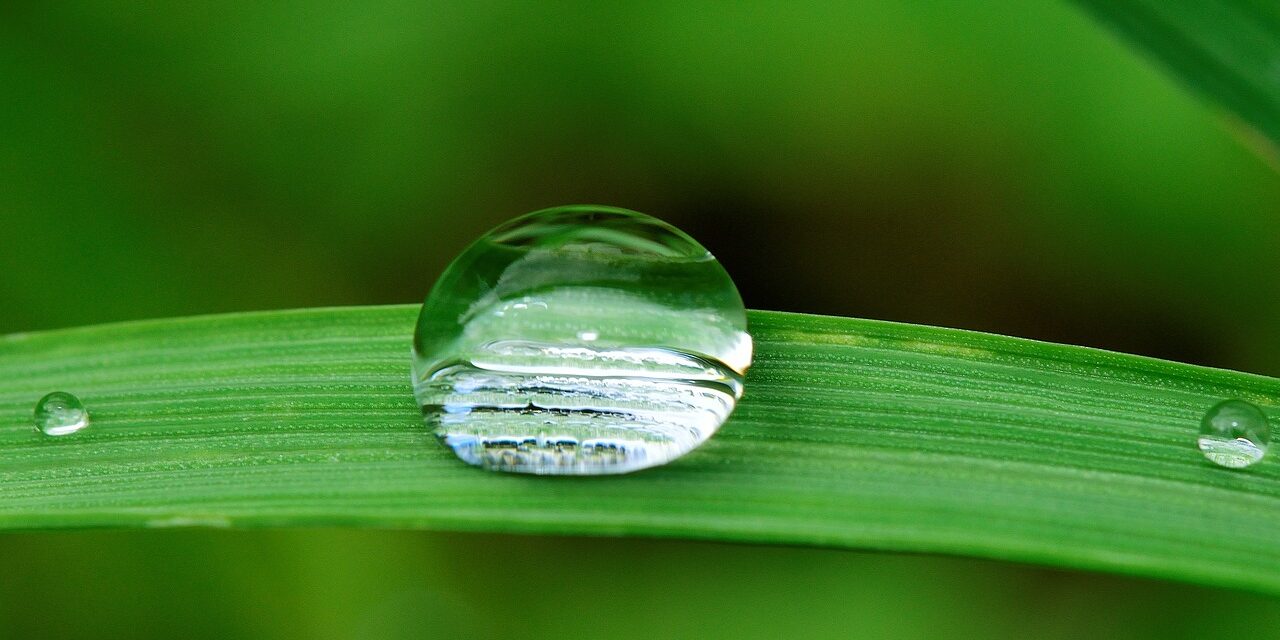Irrigation Water Solutions in Salt Lake City: The state capital and largest city in Utah.
Ecological Research and Monitoring – Everything you need to know!
The Shrinking Great Salt Lake: A Looming Environmental Crisis
1. What are the primary factors contributing to the shrinking Great Salt Lake, and how do these factors relate to climate change?
2. How does the shrinkage of the Great Salt Lake impact the health of the lake and surrounding environment?
3. Describe the specific ways climate change is altering weather patterns and contributing to the lake’s shrinking size.
4. What are the potential consequences of the lake’s continued shrinkage for air quality, dust storms, and the water cycle?
5. What are the goals of organizations like the Active Climate Rescue Initiative, and how are they working to address the water shortage problem?
6. Explain the process of evaporation and its role in the shrinking of the Great Salt Lake.
7. What are some potential solutions to the Great Salt Lake’s water shortage problem, and what are the challenges in implementing these solutions?
8. What are the long-term consequences of the shrinking Great Salt Lake for the surrounding communities and ecosystems?
These questions encourage deeper exploration of the complex issues surrounding the shrinking Great Salt Lake and its impact on the environment and surrounding communities. They prompt readers to consider the interconnectedness of climate change, water resources, and environmental health.
The Great Salt Lake: A Salty Story of Water
TL;DR – Too Long; Didn’t Read
The Great Salt Lake is shrinking, and that’s bad news for everyone. Climate change is making things worse, and we need to find ways to use water wisely to protect this important lake. Organizations like the Active Climate Rescue Initiative are working hard to find solutions, and we can all do our part by conserving water and supporting sustainable practices.
A Salty Journey: The Great Salt Lake Water Cycle
The Great Salt Lake is a giant puddle in the middle of Utah, but it’s not just any puddle. It’s a special place that’s part of a big water cycle that includes mountains, rivers, and even the air.
- Snowfall: The water cycle starts with snow falling on the mountains that surround the lake.
- Snowmelt: When the weather warms, the snow melts and flows down the mountains as rivers and streams.
- Rivers Flowing: These rivers carry water to the Great Salt Lake, which is like a giant bathtub, collecting all the water.
- Evaporation: The sun heats up the water in the lake, and some of it turns into vapor and floats up into the air.
This cycle keeps the lake full of water, but lately, there’s been a problem.
The Shrinking Lake: Water Shortages and Climate Change
The Great Salt Lake is shrinking, and it’s not just because of the hot sun.
- Growing Population: More and more people live in Utah, and they need a lot of water for drinking, farming, and other things.
- Climate Change: The weather is getting hotter and drier, and this means less snow in the mountains and more water evaporating from the lake.
This combination is causing the lake to shrink, and that’s a big problem for everyone.
What Happens When the Lake Shrinks?
- Less Water for Plants and Animals: The Great Salt Lake is home to many different types of plants and animals, and they all need water to survive. When the lake shrinks, there’s less water for them to drink and less space for them to live.
- Dust Storms: When the lake gets smaller, dry lakebed is exposed. Strong winds pick up the dry dust and blow it around, creating dust storms. These storms can cause breathing problems and other health problems for people.
- A Changing Climate: When the lake shrinks, it can affect the weather patterns in the area. The Great Salt Lake acts like a giant air conditioner, keeping the area cooler in the summer. When it shrinks, the area can get hotter, and the climate can change.
Saving the Lake: Solutions for the Future
We need to find ways to use water wisely so the Great Salt Lake doesn’t keep shrinking. Here are some ideas:
- Water Conservation: We can all do our part by saving water in our homes, gardens, and businesses. Taking shorter showers, fixing leaky faucets, and watering our lawns less can make a big difference.
- Innovative Irrigation: Farmers can use new technologies to use water more efficiently. This can help them grow food while using less water.
- Policy Measures: Governments can make laws and policies to encourage water conservation and protect the Great Salt Lake.
The Active Climate Rescue Initiative: Working for a Healthy Great Salt Lake
Organizations like the Active Climate Rescue Initiative are working hard to find solutions to the water shortage problem.
They are researching new ways to use water efficiently and exploring ways to restore the Great Salt Lake to its healthy size. This initiative is leading the way in ecological research and monitoring, developing innovative irrigation technologies, and promoting water conservation practices.
Summary
The Great Salt Lake is a vital part of Utah’s ecosystem and economy. However, climate change, population growth, and unsustainable water use are causing the lake to shrink. This shrinkage threatens the health of the lake and the surrounding environment, leading to dust storms, air quality problems, and disruptions to the water cycle. We need to act now to protect the Great Salt Lake, by conserving water, supporting innovative irrigation practices, and supporting initiatives like the Active Climate Rescue Initiative.
More on Irrigation Water Solutions…
- ## Irrigation Water Solutions Keywords:
- irrigation water management
- water conservation irrigation
- sustainable irrigation systems
- drip irrigation systems
- sprinkler irrigation systems
- water-efficient irrigation
- smart irrigation controllers
- irrigation design and installation
- irrigation audit and optimization
- irrigation water quality testing
- water-saving irrigation technology
- agricultural irrigation solutions
- landscape irrigation systems
- golf course irrigation
- municipal water conservation
- irrigation water metering
- irrigation pump systems
- rainwater harvesting for irrigation
- greywater irrigation systems
- irrigation scheduling software
- ## Ecological Research and Monitoring Keywords:
- ecological monitoring
- environmental monitoring
- biodiversity monitoring
- wildlife monitoring
- habitat monitoring
- water quality monitoring
- air quality monitoring
- climate change monitoring
- ecosystem services assessment
- ecological restoration
- conservation biology
- ecological research
- environmental impact assessment
- species conservation
- habitat conservation
- protected areas management
- wildlife management
- remote sensing for ecology
- ecological modeling
- environmental data analysis
- citizen science
- environmental education
- environmental policy
- sustainability research
- conservation science
- ecological consulting
- ecosystem health
- ecological integrity
- biomonitoring
- field ecology
- remote sensing for biodiversity
- ecological indicators











